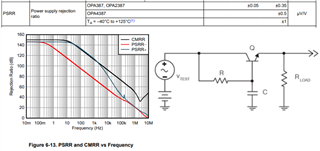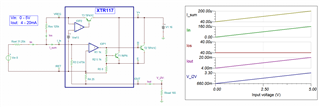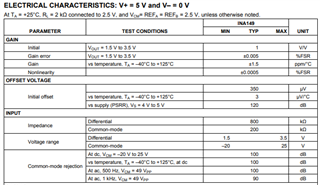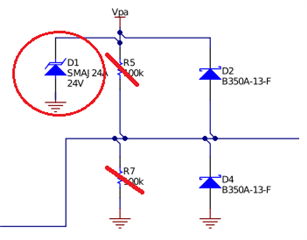Other Parts Discussed in Thread: OPA387, INA293, TINA-TI, , LM27761, LM7705, LM2662, LM2776, INA290, INA190, INA826, XTR111, XTR117, RCV420, INA149, INA148, INA159, TPS65130, TPS65130EVM-839
The OPAx387 model appears to be working, to a degree, but the outputs are above and below the rails, slightly. This occurs during the the bias calculation and during the DC sweep. I'm including pictures as a first step.
How is this possible?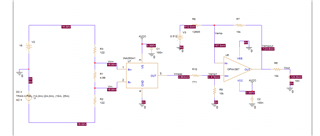



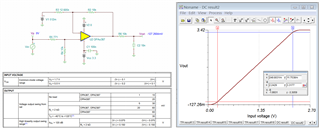
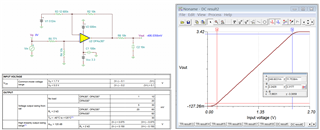
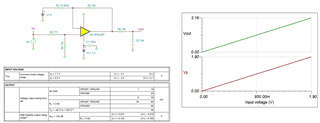
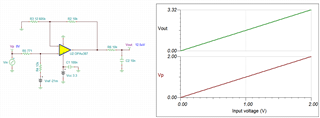
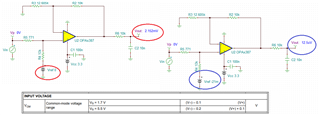
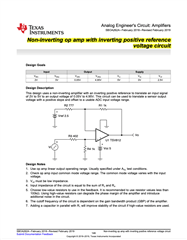
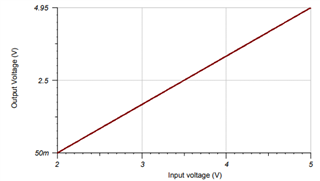
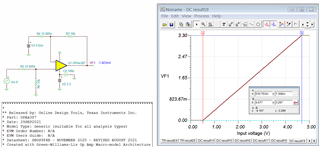
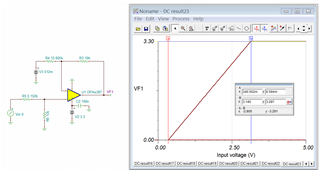
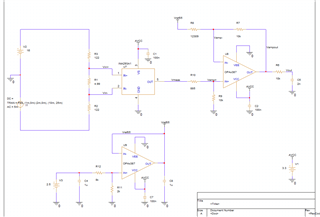 Yes, this is what I'm shooting for. I have started to look at the switched-cap voltage sources but they will need further regulation to remove ripple... in other words more components on my precious board real-estate! There are two problems with this circuit: PSPICE doesn't like it when I add the second x387 for the low-impedance voltage source: bias conditions are not converging; and second, I am not certain what happens if Vi goes below 340mv. Ideally the x387 just puts out zero volts; worst case the device is damaged. I'm using these "nonlinear" regions at the top and bottom as a way to place the A/D in a range that signifies "too low" or "too high" error conditions on the 4-20mA current loop. In other words the "real" desired transfer function is Vo = MIN(MAX(1.66Vi - 0.406), 0), 3.3)
Yes, this is what I'm shooting for. I have started to look at the switched-cap voltage sources but they will need further regulation to remove ripple... in other words more components on my precious board real-estate! There are two problems with this circuit: PSPICE doesn't like it when I add the second x387 for the low-impedance voltage source: bias conditions are not converging; and second, I am not certain what happens if Vi goes below 340mv. Ideally the x387 just puts out zero volts; worst case the device is damaged. I'm using these "nonlinear" regions at the top and bottom as a way to place the A/D in a range that signifies "too low" or "too high" error conditions on the 4-20mA current loop. In other words the "real" desired transfer function is Vo = MIN(MAX(1.66Vi - 0.406), 0), 3.3)